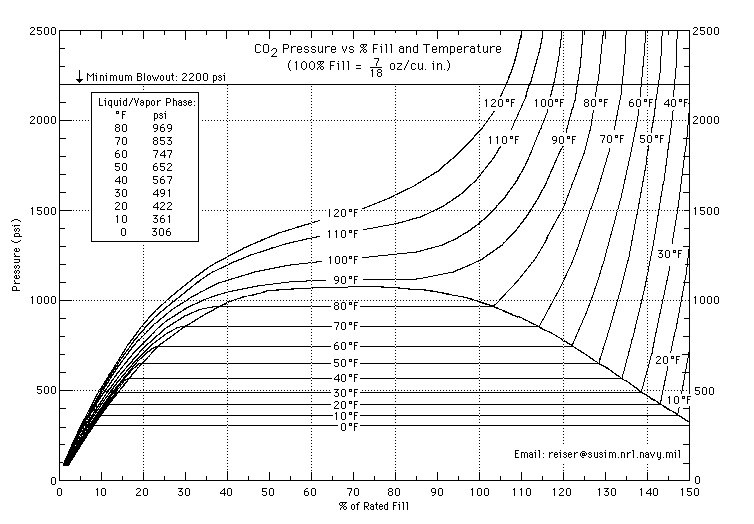I just bought a regulator/CO2 tank combo (I used the cartridges and naturally carbonated in the past) and found out first hand that you need to check for leaks. I drained an entire 5lb tank overnight.
Back to the distributor to get the tank refilled.
Not one to repeat the same mistake I performed the soap test, I had to tighten down a couple of connections but no more bubbles.
My question is, my tank pressure gauge showed 55 when I first hooked it up. I now have my keg pressure at 30psi (to force carb) inside the fridge. Now that I'm paranoid about leaks, can I trust the tank pressure gauge to tell me if I'm losing CO2 to a leak? The gauge now reads ~50. Could that be caused by the cold forcing constriction of the gauge, the beer absorbing gas (it's only been about 2 hours) or do I have another leak I didn't detect?
Back to the distributor to get the tank refilled.
Not one to repeat the same mistake I performed the soap test, I had to tighten down a couple of connections but no more bubbles.
My question is, my tank pressure gauge showed 55 when I first hooked it up. I now have my keg pressure at 30psi (to force carb) inside the fridge. Now that I'm paranoid about leaks, can I trust the tank pressure gauge to tell me if I'm losing CO2 to a leak? The gauge now reads ~50. Could that be caused by the cold forcing constriction of the gauge, the beer absorbing gas (it's only been about 2 hours) or do I have another leak I didn't detect?






![Craft A Brew - Safale S-04 Dry Yeast - Fermentis - English Ale Dry Yeast - For English and American Ales and Hard Apple Ciders - Ingredients for Home Brewing - Beer Making Supplies - [1 Pack]](https://m.media-amazon.com/images/I/41fVGNh6JfL._SL500_.jpg)


















































